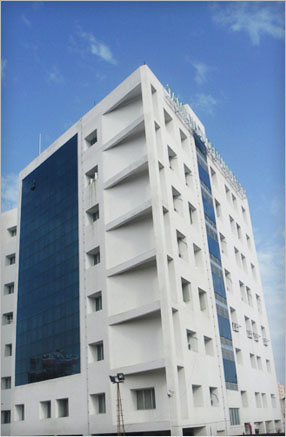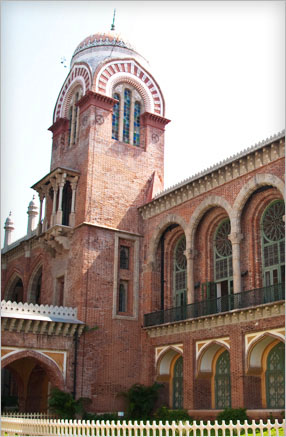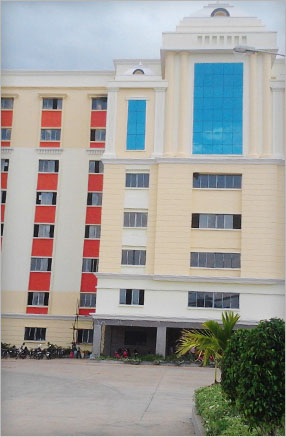The Indian textile industry is likely to grow by 16 percent this year and could reach US$ 115 billion by 2012-end, according to a report released by The Associated Chambers of Commerce and Industry of India. The report titled “Textile Industry in India”, adds that the textile industry growth will spur a corresponding demand in its ancillary industries, including accessories and machinery. It says there is a need to further boost textile machinery production, in view of the expected surge in India’s textile exports to US$ 50 billion. The report estimates an 11-13 percent growth in the country’s non-woven sector and stresses on the need for installing new machinery, adopting latest technology, and improving availability of accessories. India’s textile machinery sector presently meets 45-50 percent of the total demand of the local textile industry, according to the report.
The south Indian State of Tamil Nadu leads in manufacturing of spinning and allied machinery. The State also leads in production of textile testing equipment. In the production of machinery related to synthetic filament yarn, Gujarat has the upper edge. Six clusters in the country – Ahmedabad, Surat, Mumbai, Bangalore, Coimbatore and Ludhiana – produce textile machinery worth Rs. 50.1 billion, according to the report. As per the Government of India conducted Textile Engineering Industry (TEI) census, about 598 units manufacture complete machines, while another 848 units produce machinery parts and accessories, in addition to equipment for monitoring and testing the quality of fibers and textiles. The report states that India’s textile industry, which chiefly consists of ginning, spinning, weaving and processing industries, contributes 4 percent to the country’s GDP, about 14 percent to the total industrial production, and accounts for about 17 percent of the country’s foreign exchange earnings. The US and the EU nations account for almost two-thirds of India’s textile exports. The other major destinations are Bangladesh, Turkey, Japan, South Korea, Canada, Saudi Arabia and UAE.
Changing styles of clothes give a boost to the Indian textiles and fashion industry. India’s heritage in exotic fabric design, costumes and handicrafts has significantly added to the existing potential for more creative approach to growth in the field of fashion. Fashion courses in MFT prepare students to pursue career as designers, merchandisers, visual merchandisers, fashion forecasters, fashion journalists, entrepreneurs etc., In India, fashion designers have a tremendous potential for growth. They can also start their own freelance practice and earn sufficiently in spare time. The need for the trained manpower in CAD applications for apparel design and production is ever increasing. Students can look forward to immediate employment in the industry with the skills and knowledge gained from the 3D textile and fashion designing & garment CAD courses.
Interior designers conceptualize and produce aesthetic, functional and safe designs for interior spaces in residential, commercial, cultural, institutional and industrial buildings. The titles “interior designer” and “interior decorator” and the duties of these two jobs can be confusing. However, designers and decorators are part of the same occupational group performing different job scopes. While both perform decorating tasks, this makes up only part of an interior designer’s duties (this includes most of the decorator’s duties). In addition to decorating, designers are responsible for efficiency in the design by planning the interior space based on aesthetic, functional and security considerations. Finances also form a part in the decision making of successful designers. They have to draw up plans, make sketches, present specifications, estimate costs, supervise or execute the work, etc. They are often part of a multidisciplinary team that includes members of other occupations, such as engineers, architects and builders whereas decorators basically work in the retail furniture, building materials and home accessories sector.
We have seen the Infrastructure industries like telecommunications, banking and transport sectors growing for the Indian economy in the previous decade one has been seeing the immediate absorption of deserving candidates. The booming Indian economy meant more residences, commercial complexes, malls, theatres and other buildings of occupation and so more job for the interior designers. The designers can also work as a bridge between the architects and the customer in most cases for the efficiency and adaptability of the design in the site.
Fashion Management program helps the students to develop their intellectual and skill based abilities and enable them to contribute in the field of apparel design and development, production and technology, marketing and communication and also helps to choose their career in international marketing, brand management, retail management, export operations, product development and even general management of division or units.












